
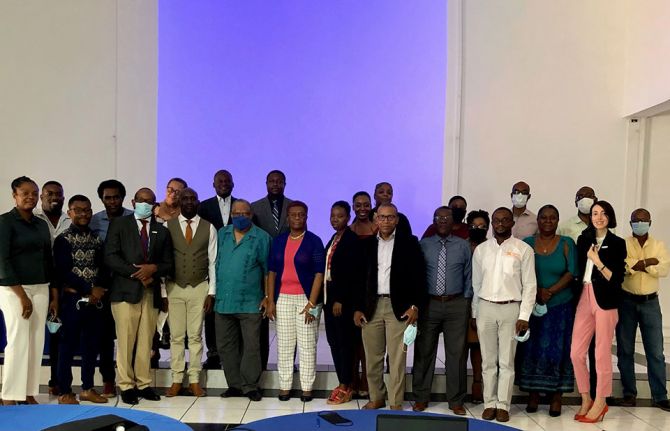
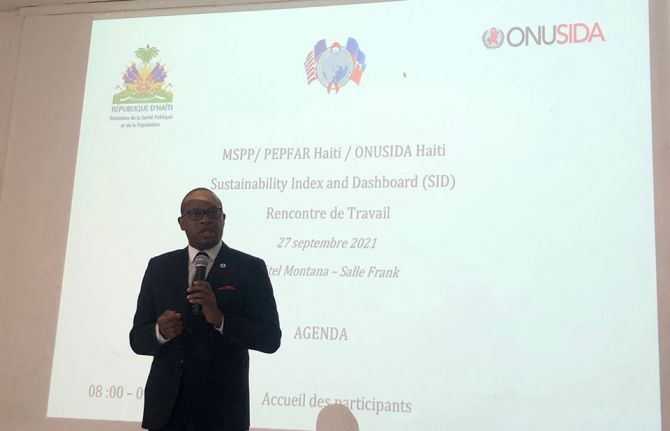
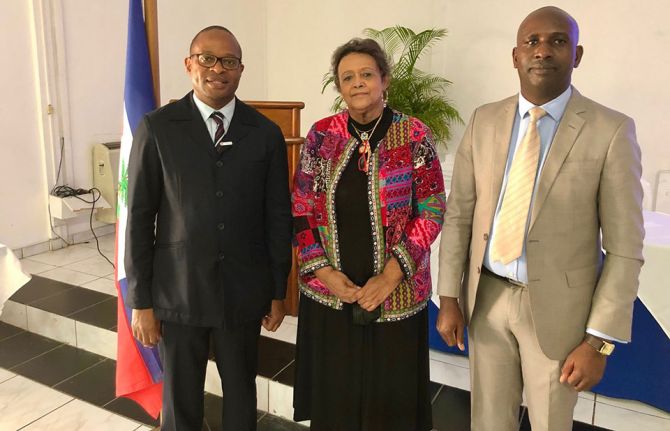
Feature Story
Helping Haiti build a sustainable HIV response
11 October 2021
11 October 2021 11 October 2021At the GHESKIO (Groupe Haïtien d'Étude du Sarcome de Kaposi et des Infections Opportunistes) clinic in Port au Prince, Haiti, a young woman learns that she is HIV-positive. Along with counselling, she is offered immediate enrolment into a treatment programme at the facility.
Same-day treatment initiation is among the approaches Haiti has used to turn the tide on its HIV epidemic. HIV prevalence among adults is now 1.9%, down from a high of 3.2% in the mid-1990s. According to government statistics, of the estimated 154 000 people living with HIV, 89% know their status. Ninety-three per cent of diagnosed people are on antiretroviral therapy and 87% of people who are on antiretroviral therapy are virally suppressed. Over the past decade, deaths due to AIDS-related illnesses fell by 63% in the Caribbean country.
These achievements are the result of collaboration between the Government of Haiti, civil society and international development partners.
But they are also due to considerable donor investment. The vast majority of total HIV expenditure in Haiti comes from international sources.
The UNAIDS Country Office for Haiti is currently supporting the United States President’s Emergency Plan for AIDS Relief (PEPFAR) and the Ministry of Public Health and Population to conduct the Sustainability Index and Dashboard (SID) exercise in Haiti. This is a tool completed every two years to sharpen understanding of countries’ sustainability landscapes and inform HIV investment decisions. Through the exercise, stakeholders assess national HIV responses from the point of view of sustainability and across four thematic areas. This is Haiti’s fourth SID.
“The impressive gains Haiti has made over the past decade can be compromised in the future by overreliance on external funding. UNAIDS is pleased to support the Ministry of Public Health and Population along with PEPFAR and the Global Fund to Fight AIDS, Tuberculosis and Malaria through this exercise to build a more sustainable response,” said the UNAIDS Country Director for Haiti, Christian Mouala.
UNAIDS will continue to work together with the national leadership, PEPFAR, the Global Fund to Fight AIDS, Tuberculosis and Malaria, civil society and other key partners of the HIV response to ensure that national interventions are equitable. The focus is on reaching the most vulnerable communities through coordinated programming and implementation and consistent inclusion of people living with HIV and key populations, including in humanitarian contexts.
The Executive Director of the Unit for the Control of Infectious and Transmissible Diseases (UCMIT), Pavel Desrosiers, noted that the SID exercise is crucial to identifying weaknesses in the current HIV response.
According to Hamfrey Sanhokwe, the PEPFAR Coordinator for Haiti, the SID also helps donors, “Measure progress on programmatic and financial sustainability and focus efforts for an optimal HIV national response.”
The optimum participation of all HIV stakeholders is key to the process. “People living with HIV were represented in and contributed to all the thematic meetings during the week and the exchanges were productive,” said Maria Malia Jean, a representative of the Haitian Federation of the Associations of People Living with HIV (AFHIAVIH).
The results of Haiti’s 2021 SID will be finalized and validated by all stakeholders before the end of October. HIV stakeholders will then be able to visualize and focus on areas that need further strengthening, while noting the successes they have worked so hard to achieve.
“Haiti has achieved much progress in the fight against HIV; however, efforts must be sustained and increased to ensure that targets are achieved by 2030,” said the Director-General of the Ministry of Public Health and Population, Lauré Adrien.
Region/country
Related
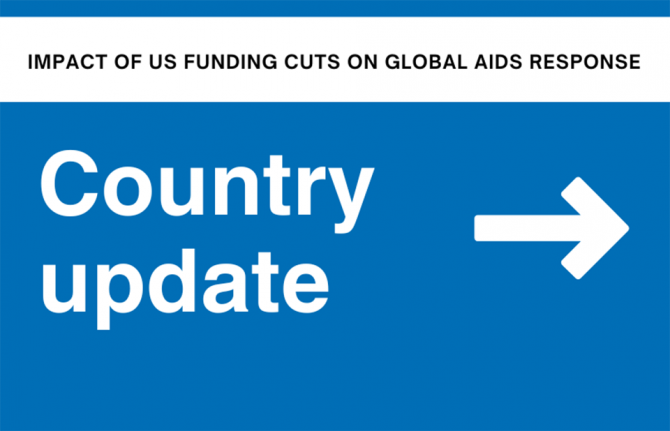 Impact of US funding freeze on HIV programmes in Haiti
Impact of US funding freeze on HIV programmes in Haiti

13 March 2025
 U=U can help end HIV stigma and discrimination. Here’s how
U=U can help end HIV stigma and discrimination. Here’s how

27 February 2025
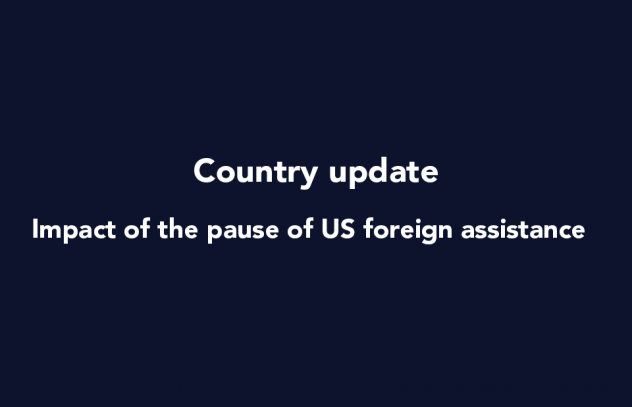 Comprehensive Update on HIV Programmes in the Dominican Republic
Comprehensive Update on HIV Programmes in the Dominican Republic

19 February 2025
